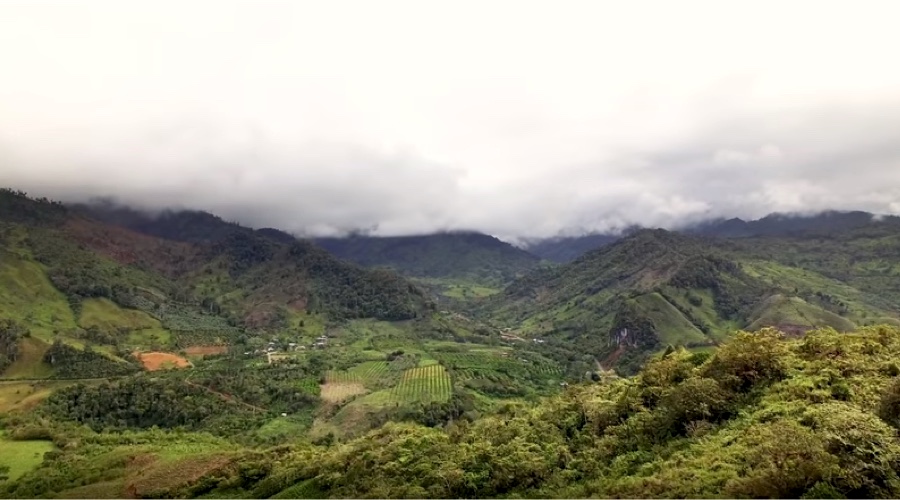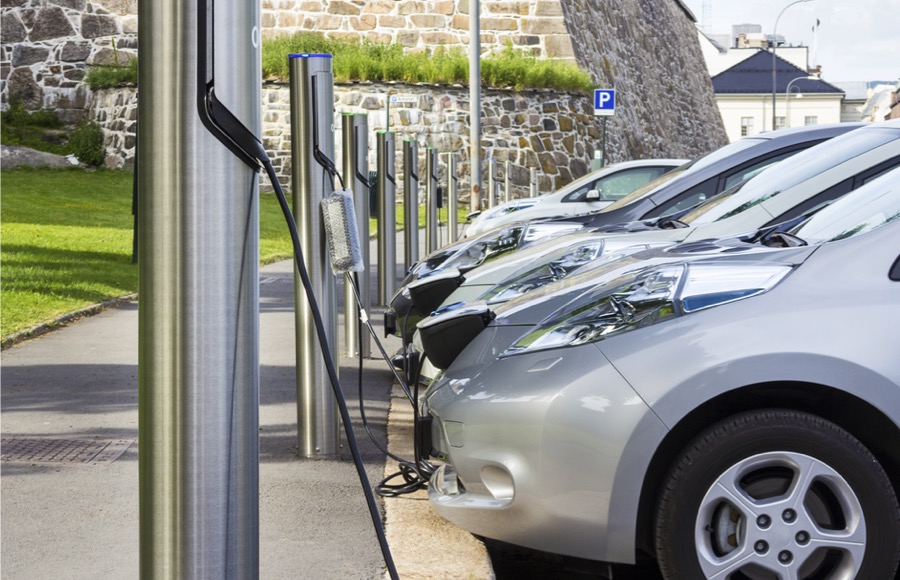SolGold scores again at Cascabel project

Ecuador-focused miner SolGold (LON, TSX:SOLG) said drilling at its Cascabel copper-gold project in the country’s north has revealed previously unknown mineralization, further increasing the size of one of the biggest copper discoveries of recent years.
Together with the high-grade find, over 1.5% copper equivalent, the company has also detected mineralization within the inferred resource area at the Alpala resource, as well as some medium grade mineralization of between 0.7% copper equivalent and the high-grade threshold of 1.5%.
“The drilling campaign continues to deliver to our expectations with these latest results revealing previously unknown mineralization and providing a clear indication of the growth potential that exists through the extension of the Alpala resource,” chief executive Nick Mather said in the statement.
As part of its ongoing exploration work at the asset, the Australian miner has so far completed 189,984 metres of drilling on Alpala, which includes Alpala Northwest, Alpala Western Limb, Alpala South and Trivinio.
SolGold’s flagship asset has piqued the interest of some major miners, including BHP
The previously unknown source intrusion was found at the Alpala Northwest prospect, and proves Cascabel has more potential than previously thought for a further significant resource extension, the company said.
SolGold’s January 2019 updated mineral resource estimate outlines 2.05 billion tonnes copper at 0.60% copper equivalent in the indicated category (8.4m tonnes copper and 19.4m ounces gold), and 900 million tonnes at 0.35% copper equivalent in the inferred category (2.5m tonnes copper and 3.8m ounces gold).
SolGold is worth $900 million on the London Stock Exchange, and the company’s stock is up 37% compared to this time last year.
SolGold’s flagship asset has piqued the interest of major miners, including BHP (ASX, NYSE:BHP). The world’s largest mining company last year acquired a 6.1% stake in SolGold, increasing its exposure to copper.
The move pushed Australia’s largest gold producer, Newcrest Mining (ASX: NCM), to increase its holding in the company, consolidating its position as SolGold’s top shareholder.
Ecuador has gained ground as a mining investment destination in the past two years, thanks to a revised regulatory framework and a major investor engagement campaign that attracted about 420 applications for concessions in less than a year.
Canada’s Lundin Gold (TSX:LUG) is set to begin operations at its Fruta del Norte gold mine at the end of the year, and other multinational mining companies are looking at Ecuador with interest. Dundee Precious Metals will begin investing in the Andean nation through junior miners already operating there, while Barrick Gold’s chief executive Mark Bristow is said to have visited the country several times.
Clouds on the horizon
Existing and future projects, however, risk delays and potential halts due to red tape and growing local opposition to the extraction of the country’s resources.
According to the latest report by Fitch Solutions Macro Research, the ongoing expansion of mining exploration in the South American country is raising the risk of tensions between companies and the local population.
In two landmark cases last year, Ecuadorian courts sided with rural and indigenous communities who argued the national government had failed to inform them it was setting aside parts of their territories for mineral exploitation. That information, Fitch notes, is a right protected by the 2008 Constitution.
Ecuador plans to attract $3.7 billion in mining investments in the next two years, up from $270 million in 2018.
Last month, Girón — in the province of Azuay — voted against mining activities in a popular referendum held alongside a regional election. The move, says Eileen Gavin, Senior Latin America analyst at global risk consultancy Verisk Maplecroft, could further jeopardize INV Metals’ (TSX-V: INV) Loma Larga gold, silver and copper project in the region. The Canadian miner has already announced would relocate the proposed processing and tailings facilities outside of Girón canton.
“The newly-elected prefect of Azuay, Yaku Pérez Guartambel, a lawyer who calls himself an ‘indigenous revolutionary’ and took 29% of the vote (in a crowded field of 10), now has a mandate to challenge the mining sector,” Gavin writes. “He has declared that his ‘first, second and third priorities’ are protecting Azuay’s water sources by opposing mining, adding that he would propose a provincial-wide consultation on mining in Azuay (which has 15 cantons in all).”
As mining projects face headwinds from rising tensions, investors’ courage will be tested, the analysts conclude, which could thwart Ecuador’s plan to attract $3.7 billion in mining investments in the next two years, up from $270 million in 2018.
The government is in the final days of completing a new policy that will mirror that of countries with greater mining experience, such as Chile and Peru, in order to streamline procedures and increase Ecuador’s competitiveness.
{{ commodity.name }}
{{ post.title }}
{{ post.date }}




Comments